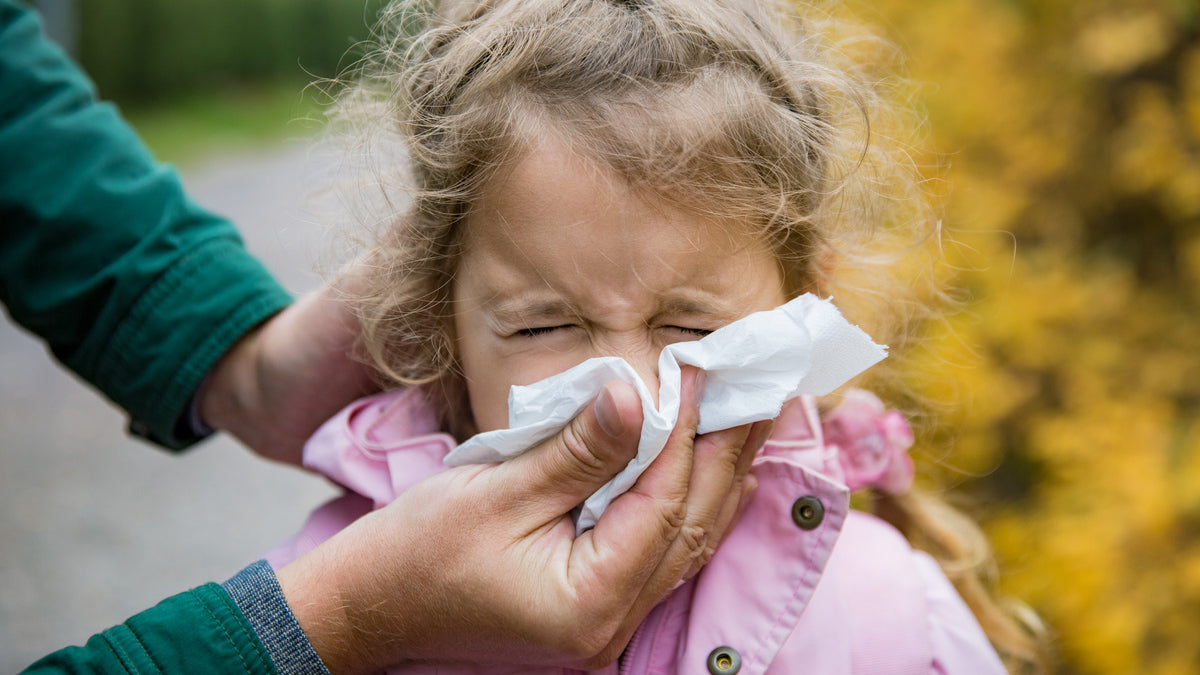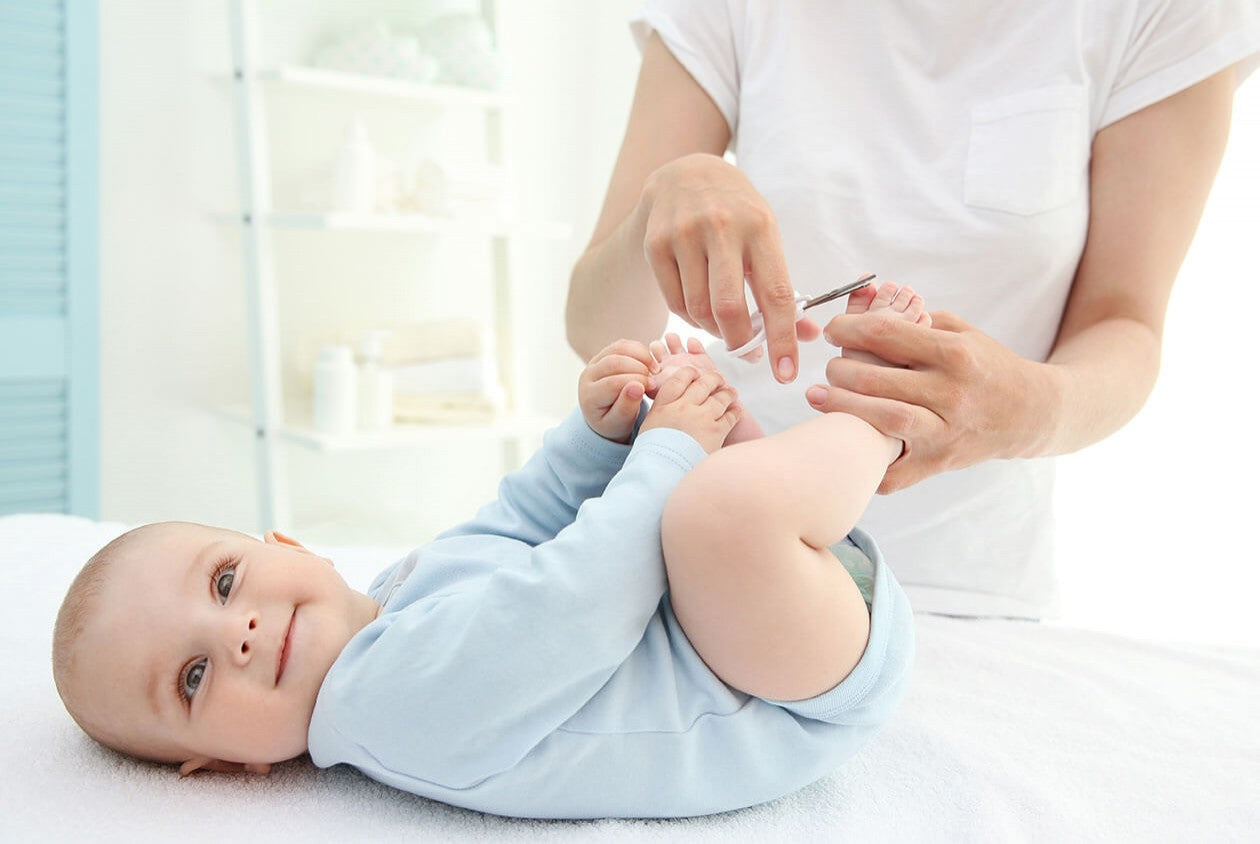Night sweats in children: when to worry?
If for adults waking up in the middle of the night dripping with sweat can be a more or less bearable and easily resolvable annoyance, the night sweating of children is instead a phenomenon to be evaluated more carefully.
This is because sweat is not a simple consequence of heat or effort, but a fundamental activity of the organism that is linked to the control of the internal temperature. A condition therefore to be known in order to be able to monitor and manage it, where necessary, in a correct manner.
A necessary premise is linked to understanding the normal functioning of the physiological mechanism of sweating. The human organism is developed to automatically regulate the internal temperature, but this ability is perfected over time, which is why attention is often paid to the thermoregulation of the newborn. Basically, in a very synthetic way, the human body sweats in order to reduce the body temperature because through the sweat that evaporates from the skin there is a refreshing effect on the organism.
Hyperhidrosis, the quantitative disturbance of sweating
Among the sweating disorders (which can be both quantitative and qualitative) there is also the excessive production of sweat by the special sweat glands. The activity of these glands varies throughout the day and becomes minimal during the evening, which is why excessive night sweating in children is of concern.
In fact, night sweating in children is one of the signs to be evaluated to monitor the state of health and define the severity of a disease, including heat cramps, heat exhaustion and heat stroke. It is generally more common in school-age children and often occurs with symptoms of respiratory disease, atopic disease, and sleep disturbances.
There are two types of hyperhidrosis: one that occurs all over the body and one located on the armpits, soles of the feet, face and palms.
The causes of night sweats in children
There can be several causes of excessive night sweating in children. Among the most common are anxiety, heavy feeding, intake of carbonated drinks, physical exertion, but also a feverish state or a high temperature in the room where the child sleeps.
The causes associated with the presence of a chronic disease, an infection, a hormonal disorder or in some cases, especially for localized night sweats, by a genetic cause that determines a malfunction of the sympathetic nervous system are also to be considered.
The sympathetic nervous system intervenes in the management of some involuntary functions of the human organism and also takes care, among other things, of the control of sweating of some parts of the body.
What to do?
Excessive night sweating, if not associated with more important ailments, is not to be considered a serious illness. This does not mean that it is not a serious condition which, especially in older children, can have effects on the quality of life, especially when the phenomenon is not limited to the evening hours only.
In general, the condition should not cause concern and the impact can be resolved or reduced by applying all those precautions related to physical activity, nutrition and personal hygiene that can positively contribute to sweating.
When to worry?
The first check is that of parents who realize that their children's night sweats are excessive. The pediatrician or the doctor who visits the child can then confirm the hyperhidrosis through specific tests with which to detect excessive sweating and the cause that determines it.
At this point, the best treatment will be evaluated which can range from taking topical medications that are applied to the skin (such as creams or sprays) to, in the most severe forms, even deeper medical therapy or surgery.
In recent years, some oral drugs used as topical medicines have also spread but have caused side effects, which is why cutaneous ones are preferred.
What is the best temperature for children's sleep in summer and winter
To help make the children's bedroom a climatically correct environment it is important to understand which is the best temperature to promote and maintain sleep and what are the mistakes not to commit. The indication is that the temperature should be kept around 20 ° C; moreover, it is necessary to avoid too high temperatures which, especially in winter, can disturb sleep. In this regard, it is good not to cover children too much during sleep, also because they still tend to uncover themselves all the time.
Dear mothers, after reading our article we recommend that you visit our Luxury Kids website.






Leave a comment